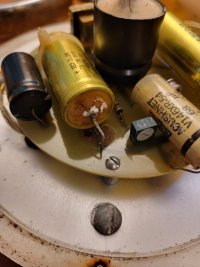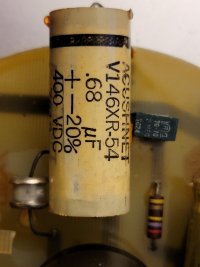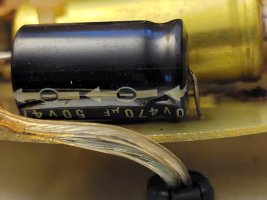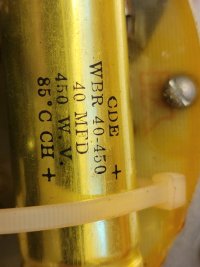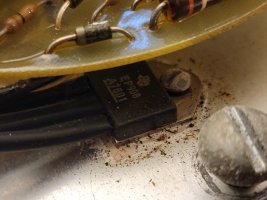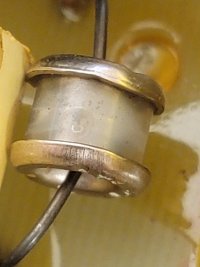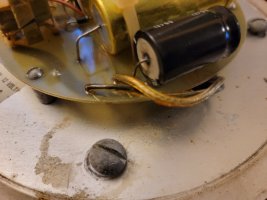ur20v
Member
EDIT: The label actually says "SOS Lightning Devices" (not "lighting")
I just received an odd little strobe I bought on fleabay this week. Seller had zero info but said they couldn't get the dome off due to rusted screws. I haven't gone to work on opening it up yet, but I did notice a label under the dome that says SOS Lightning Devices Co, Model 511... Google offers no useful info, no surprise there, buy I found somoething that mentioned the company was located in Philadelphia but is now closed. Not very helpful, but that's all I found. I'm going to try firing it up, but I'm not going to hold my breath as I'm guessing it's from the early 80s.
Anyone have any info on SOS Lighting Devices?
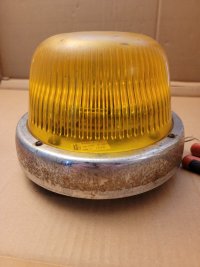
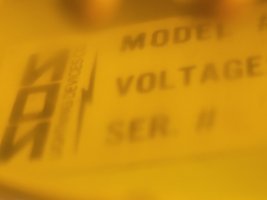
I just received an odd little strobe I bought on fleabay this week. Seller had zero info but said they couldn't get the dome off due to rusted screws. I haven't gone to work on opening it up yet, but I did notice a label under the dome that says SOS Lightning Devices Co, Model 511... Google offers no useful info, no surprise there, buy I found somoething that mentioned the company was located in Philadelphia but is now closed. Not very helpful, but that's all I found. I'm going to try firing it up, but I'm not going to hold my breath as I'm guessing it's from the early 80s.
Anyone have any info on SOS Lighting Devices?


Last edited:


